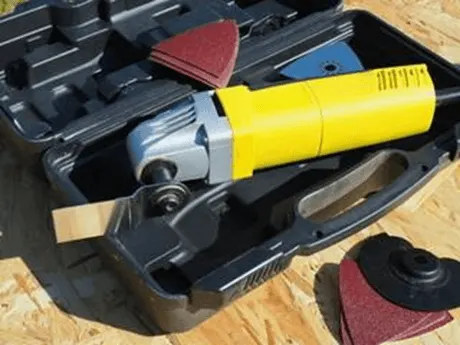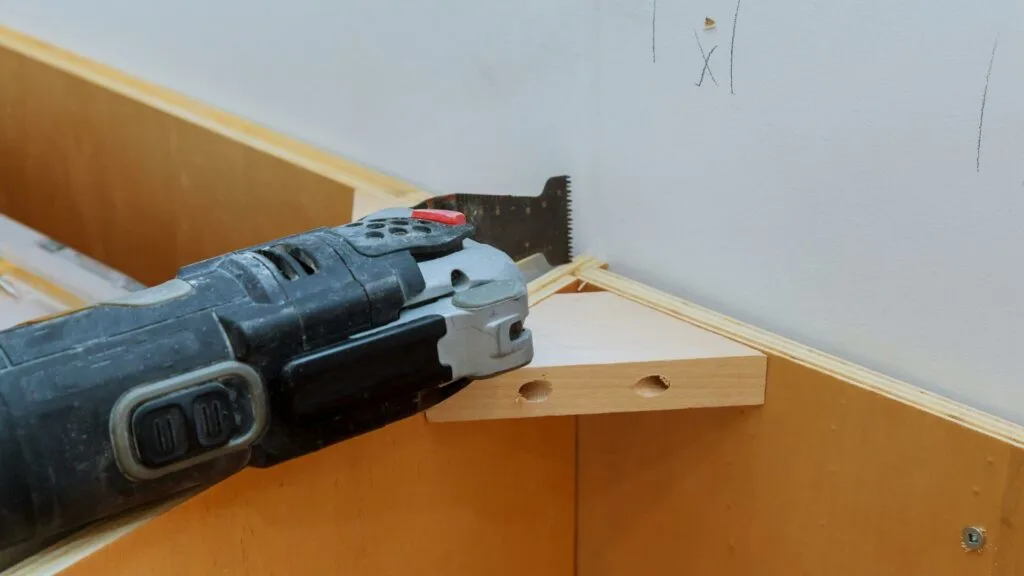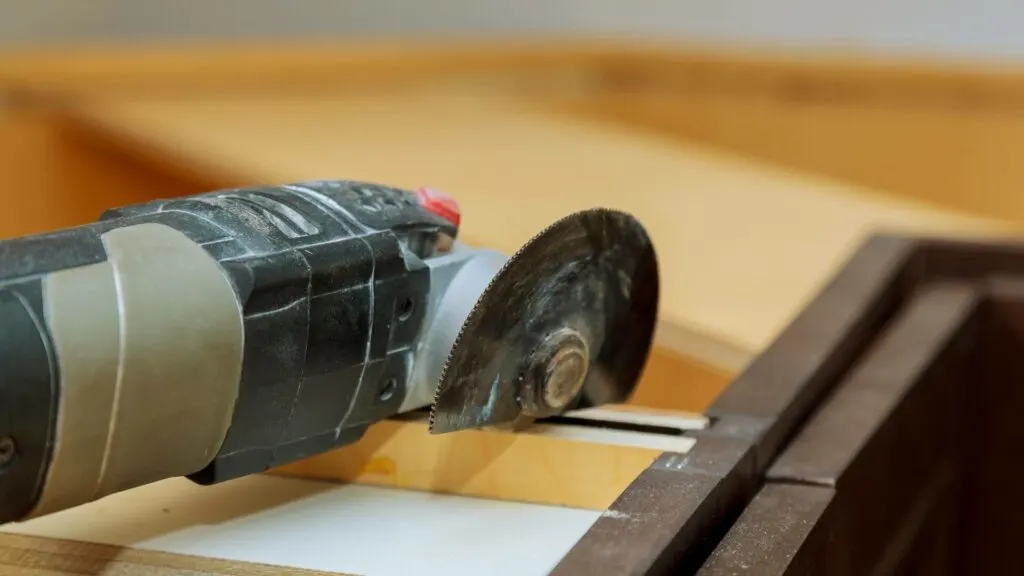An oscillating multi-tool is undoubtedly the most versatile machine you can ever own. Whether you’re a home renovations expert or a DIY handyman, you’ll find this equipment worth your investment. The machine can serve the same purpose as a saw, grinder, scraper, sander, and a host of other common tools.
But in case you’re encountering the term “oscillating multi-tool” for the first time, we’ll begin by introducing the machine to familiarize you with it. We’ll then delve deeper into its top five benefits.

What Is An Oscillating Multi-tool?
The best way to define an oscillating multi-tool, also known simply as a multi-tool, is to split the term into its constituent components – oscillating and multi-tool.
To oscillate means to swing back and forth in a regular or rhythmic pattern. This movement pattern is often contrasted with rotation or reciprocation, which is the most popular mechanism by which many power tools operate. Multi-tool denotes the wide range of tasks that a tool can accomplish.
Therefore, an oscillating multi-tool is a power tool that oscillates as opposed to rotating or reciprocating and is designed to aid with a number of projects.
Oscillating multi-tools are some of the most in-demand machines. According to estimates, the global multi-tool market size is currently valued at USD 2.9 billion and might register a compound annual growth rate (CAGR) of 4.6% from 2022 to 2032.
How to Choose an Oscillating Multi-tool?
There’s no shortage of oscillating multi-tool manufacturers, including household names like Ridgid. The Ridgid oscillating tool stands out for its power and functionality. The machine features a 20,000 OPM brushless motor, significantly improving its cutting capabilities. You can effortlessly use the tool to drill through wood, drywalls, metals, and other materials.
Ridgid is also famous for its variable speed dial. The tool lets you control its oscillating speed depending on the projects you’re working on.
But as a beginner, there are plenty of factors to bear in mind while shopping for oscillating multi-tools.
First off, check the machine’s number of swings per minute. More oscillations per minute translate to a faster working speed.
The angle of oscillation is another crucial consideration. A greater oscillation angle also means a faster working speed.
It’s also important to check an oscillating multi-tools wattage capacity. Higher wattage is ideal for tougher jobs.
Last but not least, consider your power source. Oscillating multi-tools can be corded or cordless, depending on their power needs. If you opt for corded multi-tools, establish whether it uses 110v cables for outdoor working sites or 240v for home use.

5 Benefits of an Oscillating Multi-tool
Using an oscillating multi-tool has many benefits, including;
1. Incredibly Versatile
This is unarguably the biggest reason to invest in an oscillating multi-tool. The following are some of the key functions of multi-tools;
- Creating openings through drywalls, wood, or metal
- Undercutting doors
- Repairing wooden windows
- Trimming pipes
- Flushing cutting nails and screws
- Fitting and adjusting baseboards
- Removing grout
- Removing rust
- Rasping or scraping materials from surfaces
- Smoothing rough timber or sanding concrete surfaces
With such a long list of applications, it’s understandable why oscillating multi-tools are so popular.
Multi-tools can eliminate the need for equipment, including saws, rotaries, sanders, and drills. This can go a long way in keeping your workshop or garage tidy.
2. Highly Flexible
Oscillating multi-tools can help complete projects in places ordinarily inaccessible by other tools. With this equipment, you don’t have to worry about working in cramped areas.
The higher flexibility of oscillating multi-tools translates to reduced time on difficult jobs. It also improves your safety by minimizing the risks of bodily harm.
And for professionals, working faster in inaccessible places means you can complete more assignments than you would with ordinary tools, raising your earnings.
3. Small and Compact
Oscillating multi-tools are small and compact. You can easily bring them with you to any outdoor project.
The fact that an oscillating multi-tool performs multiple functions means there will always be one tool (or at least only a handful of equipment) in your toolbox. This further reduces the need for bringing several tools to a project.
Even better is that oscillating multi-tools are easy to assemble and disassemble. You can take the tool apart to ease your traveling and then put it together when ready.

4. Different Power Consumption Needs
Oscillating multi-tools can fall into two major categories depending on the power source. They include corded and cordless varieties.
Corded multi-tools are designed to use gas or electricity, while the cordless varieties are battery-powered. You can even find corded multi-tools that also come with battery slots.
The provision for choosing between corded and cordless oscillating multi-tools allows you to select a tool depending on your energy consumption needs.
5. Relatively Affordable
The average price of oscillating multi-tools is between $200 and $3000.
However, finding cheaper or more expensive multi-tools is possible than the average range. That’s due to factors like brand, the provided accessories, and other associated costs like shipping.
One oscillating multi-tool may cost considerably more than a saw, sander, or grinder. But the converse is true when you factor in a single multi-tools wide range of functions.
Whether you’re a DIY or professional home renovation technician, oscillating multi-tools are an excellent addition to your toolbox.
These tools perform the tasks of many other workshop tools, making them a reliable and affordable investment in the long run.

Jessi is the creative mind behind The Coffee Mom, a popular blog that combines parenting advice, travel tips, and a love for all things Disney. As a trusted Disney influencer and passionate storyteller, Jessi’s authentic insights and relatable content resonate with readers worldwide.
